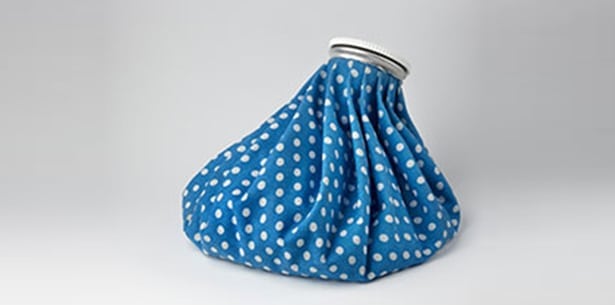
Orthopedic care can greatly improve your quality of life.
Ankle sprains, ACL injuries, plantar fasciitis, meniscus tears, and stress fractures are the most common musculoskeletal issues, according to the American Academy of Orthopedic Surgeons. Should you find yourself experiencing any degree of lingering or worsening discomfort, consider seeking input from an Irvine orthopedics specialist.
- Even if you’ve tried other treatments without success, you may find a solution that will improve or restore your quality of life
- Contact our office today to learn more about our treatment and rehabilitative options, along with the types of conditions and injuries that we commonly treat patients for
CONTACT US TODAY
Dislocations
The ball-and-socket joint that makes up each shoulder is especially susceptible to dislocation, although knee and elbow joints can also fall out of alignment following a collision, fall, or strong blow. After sustaining an accidental fall or a hard tackle while playing sports, joints can easily become dislocated. For dislocations, an orthopedic specialist will re-position the affected bone or joint. The resulting pain from a dislocation is often intense and persistent to the point where immediate medical attention will be required to assess the damage and determine the extent of the dislocation.
Tears
From hard falls to excessive wear and strain, tendons, ligaments, and muscles can become torn in many ways. Any tissue tears can be partial. With tears of this type, the affected tendon or ligament isn’t completely severed. A complete tear is one where the affected tissues are no longer connected. You may be referred to an orthopedic specialist if you’re not responding well to initial treatments. Even for complete tears, surgery is rarely the first recommendation.
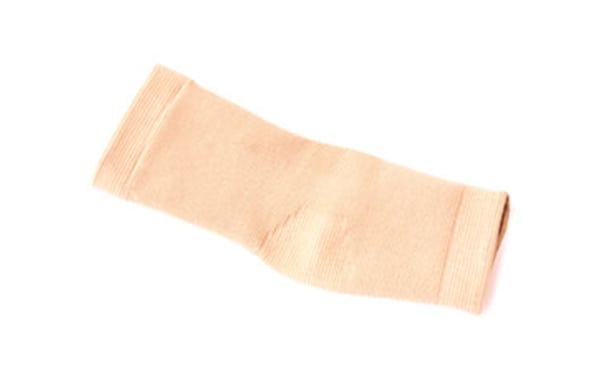
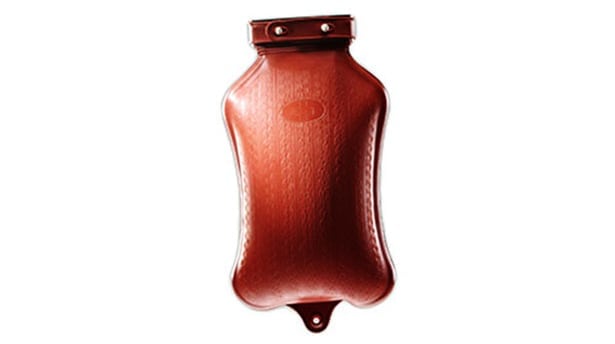
Bone Fractures
While bones and joints are designed to be fairly durable, any of these structures can become fractured. Vulnerability to a fracture can increase if bones and joints are already weakened by a degenerative condition or age-related wear. Other than a clear deformity or the visual appearance of a break, signs that a bone is entirely broken or possibly severely fractured in certain parts, can include severe bruising and swelling at the site of the impact. A bone that was once rigid may become flexible and you may not be able to support any weight on it without extreme pain.
Fractures can cause a bone to break all the way through or result in a bone that breaks in a certain pattern, which can be lengthwise along the entire bone, diagonally or directly across a bone, or in a crisscross pattern. An open fracture is one where the bone or its fragments have pierced the skin. Care must be taken with fractures of this nature to avoid infection. Comminuted fractures, where the bone shatters into three or more pieces, may also result in a referral to an orthopedic specialist.
Sprains and Strains
Any muscle, tendon, or ligament may become strained from either a sudden trauma or excessive stress. Not doing a proper warm-up before exercising or getting into the game can also result in muscle strain or increase the risk of straining a muscle or soft tissue. Pain from a strained muscle can range from discomfort that gets worse while at rest to an inability to use the affected muscle at all. Tendinitis and bursitis are related conditions that may result from overuse of certain muscles that an orthopedic specialist can diagnose and treat. With these specific conditions, surgical intervention may be necessary if pain persists.
Ankles, knees, elbows, and wrists are the most vulnerable parts of the body susceptible to sprains and strains. The R.I.C.E. treatment, meaning rest, ice, compression, and elevation, is recommended as the first attempt at dealing with a sprain or strain. Should these initial treatment attempts fail to ease discomfort, an orthopedic specialist is likely to become involved. X-rays and lab tests are usually not necessary with strains. Image testing may, however, be performed if a patient isn’t responding to treatments or another source of pain is suspected.
Only your orthopedic doctor can determine the type of injury or condition that is responsible for the pain and discomfort that you are experiencing. That’s why a consultation and thorough explanation of your symptoms is so important.
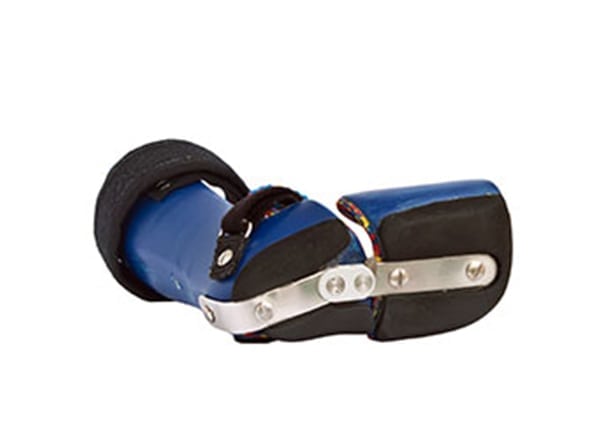
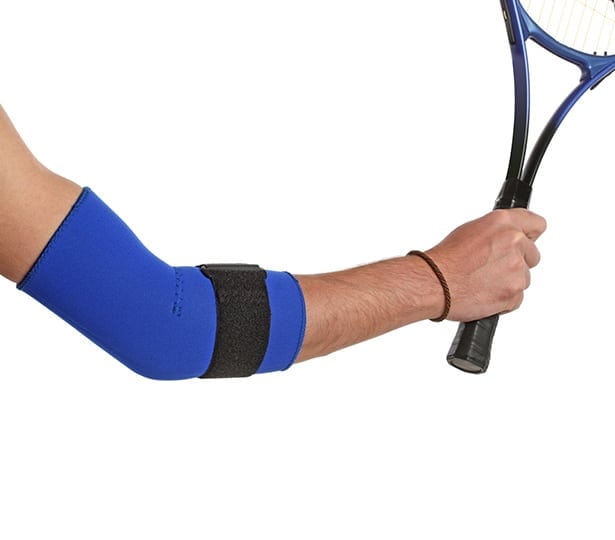
Preventive Measures
Suggesting ways to prevent future injuries is another way an orthopedic specialist treats all aspects of a patient’s well-being. Preventative recommendations are based on what initially caused a patient’s injury or condition in the first place. For instance, an athlete may be advised to modify certain activities or take steps to properly warm up muscles; and a cool-down afterwards is just as essential. Drinking plenty of water throughout the day keeps tissues supporting bones and muscles hydrated to reduce the risk of re-injury.
With spine pain, a common reason patients are referred to an Irvine orthopedics specialist, preventing injuries includes maintaining proper posture, and minimizing excessive sitting or standing in one position. Making positive lifestyle adjustments can also reduce the risk of sustaining a serious injury while going about your daily routine, with diet and exercise being an especially important part of such efforts.
Your experience with an Irvine orthopedics specialist is likely to start with a referral from your primary care physician and a consultation to discuss a condition or injury not responding to any attempted initial treatments. Be as descriptive as possible about the pain you’re living with and feel free to ask as many questions as you need to so you can make treatment decisions that are right for you and your situation.
To learn more about caring for your musculoskeletal system and about the treatments that we provide at our office, contact us today. We can talk with you about the conditions we commonly see, and give you an idea of the treatments that are available for your ailments. You can also schedule your initial consultation with our front office staff so that you can get started on a path of pain free mobility right away.

